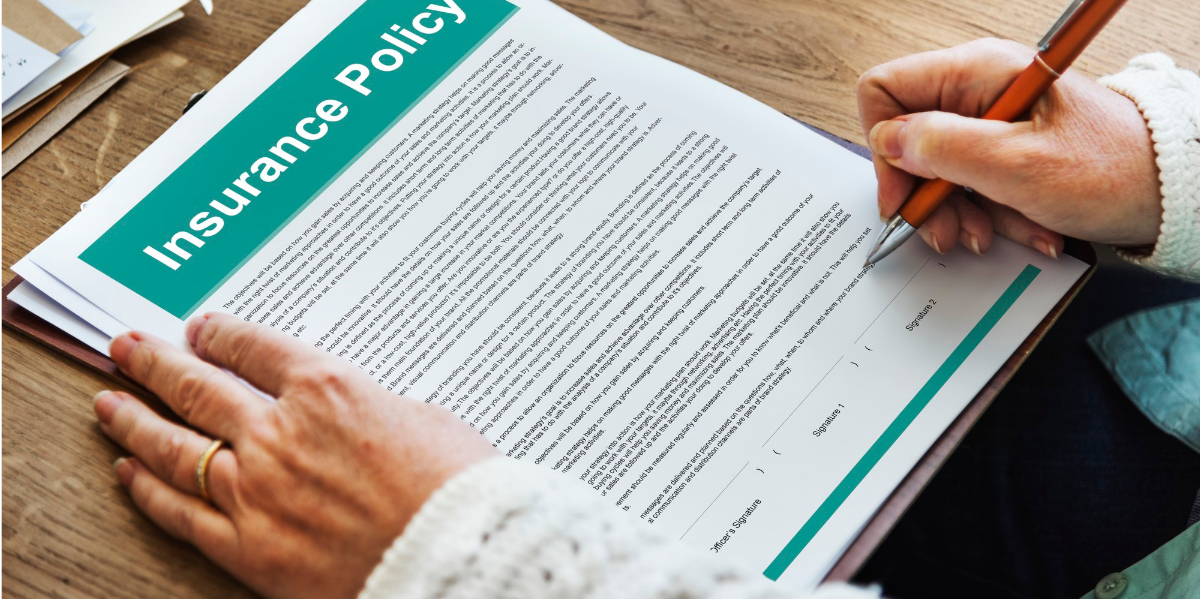Workplace shootings—and shootings in general—are not going away. In fact, they’ve been on the rise in recent years, even during the pandemic when many workers were at home. According to the Childhood Preparedness Institute, studies have shown that there’s a high rate of attacks after a break in routine. For example, up to 41% of school attacks occur within a week of returning after a break.
As the economy opens back up and more businesses return to in-person work, there’s yet another break in routine. Workers are heading to the office and gathering in group settings again. Forbes reports that mass shootings increased during the pandemic, and researchers hypothesize that stress and pressures were to blame. While some of those stressors have been reduced, others such as financial strain, increased mental health concerns, and civil unrest remain.
This continued stress combined with the return to work increases the likelihood of workplace violence incidents. Stress isn’t going away, so we must adapt. The key is learning how these situations can be prevented or managed to prevent loss of life. This blog will outline three ways to help reduce the chance of a workplace shooting in your business.
Create a respectful, zero-tolerance culture
Prevention of workplace violence starts with day-to-day office culture. In other words, the attitudes and behaviors of the company and its employees. Staff and customer safety must always be the top priority, and policies, communications, and activities should reflect that. Educate and train employees on safety protocols and encourage them to report potential issues they see.
Another important proactive step is to provide mental health resources to employees. Since stress can trigger workplace violence, removing the stigma and encouraging staff to seek support if they need it may prevent volatile situations.
Beyond written policies and plans, leadership must make it clear that there is zero-tolerance for violence or abuse. Create a culture of safety and respect in the workplace and regularly review and discuss policies with employees. Staff will feel more secure, and it will be easier to identify troubling behavior.
Know the warning signs of workplace shootings
While there is no formula for determining who may be a threat or when workplace violence may occur, there are usually warning signs. Some may seem more obvious, such as a coworker losing their temper regularly. But many signs are more subtle, such as withdrawal, paranoia, or disregard for company policies.
Understanding the signs and training staff members to stay alert can help stop a violent incident before it starts. Encourage employees to report potentially problematic behavior to a manager or human resources. It may add some paperwork in the short term, but in the end, it could very well save lives.
Make a plan and train staff regularly
A culture of safety and staff education is crucial, but they are no substitute for an emergency plan. If a workplace shooting does occur, having a plan in place and well-trained staff can help deescalate the situation. As outlined by the Dept. of Homeland Security, employees should be trained on when to evacuate, hide out, or take action against the active shooter. To take this a step further, develop a detailed Emergency Action Plan (EAP) in cooperation with key stakeholders.
An EAP contains several key components and must be tailored to the specific location of the business. Include:
- Evacuation and escape routes
- Roles and responsibilities
- A contact list and notification system
- Information on how to work with local hospitals and law enforcement
Once you’ve documented the plan, hold training exercises to ensure that employees are familiar with their role in the process.
Over time, you’ll discover ways of fine-tuning your EAP, so revisit the document and update it as needed. Lastly, review the plans and refresh staff on training regularly. Spending time and resources on a thorough plan means little if no one can put it into action when it’s most needed.
Work with your insurance provider
Preparation and planning can go a long way toward preventing a violent situation, but even the best-laid plans aren’t a guarantee. The last piece of a comprehensive workplace safety plan is having insurance coverage in case the worst happens.
*The views and opinions expressed in the Public Risk Management Association (PRIMA) blogs are those of each respective author. The views and opinions do not necessarily reflect the official policy or position of PRIMA.*

By: Paul Marshall, CPCU
Managing Director, Active Shooter / Workplace Violence / Crisis Risk Insurance Programs, McGowan Program Administrators
Summary of Qualifications
Paul has 30+ years of insurance and underwriting program management experience. For the last seven years, he has developed and managed one of the largest active shooter/workplace violence/crisis risk insurance programs in the country. Paul has presented at multiple PRIMA conferences, and is a frequent contributor to PRIMA blogs and podcasts as well as national news outlets.
Responsibilities
Paul is responsible for the overall management of the active shooter workplace violence insurance program with his entity.
Professional Affiliations
PRIMA, University Risk Management and Insurance Association (URMIA), Wholesale and Specialty Insurance Association (WSIA), Risk and Insurance Management Society (RIMS)
Education
Bachelor of Science - Miami University (OH)



